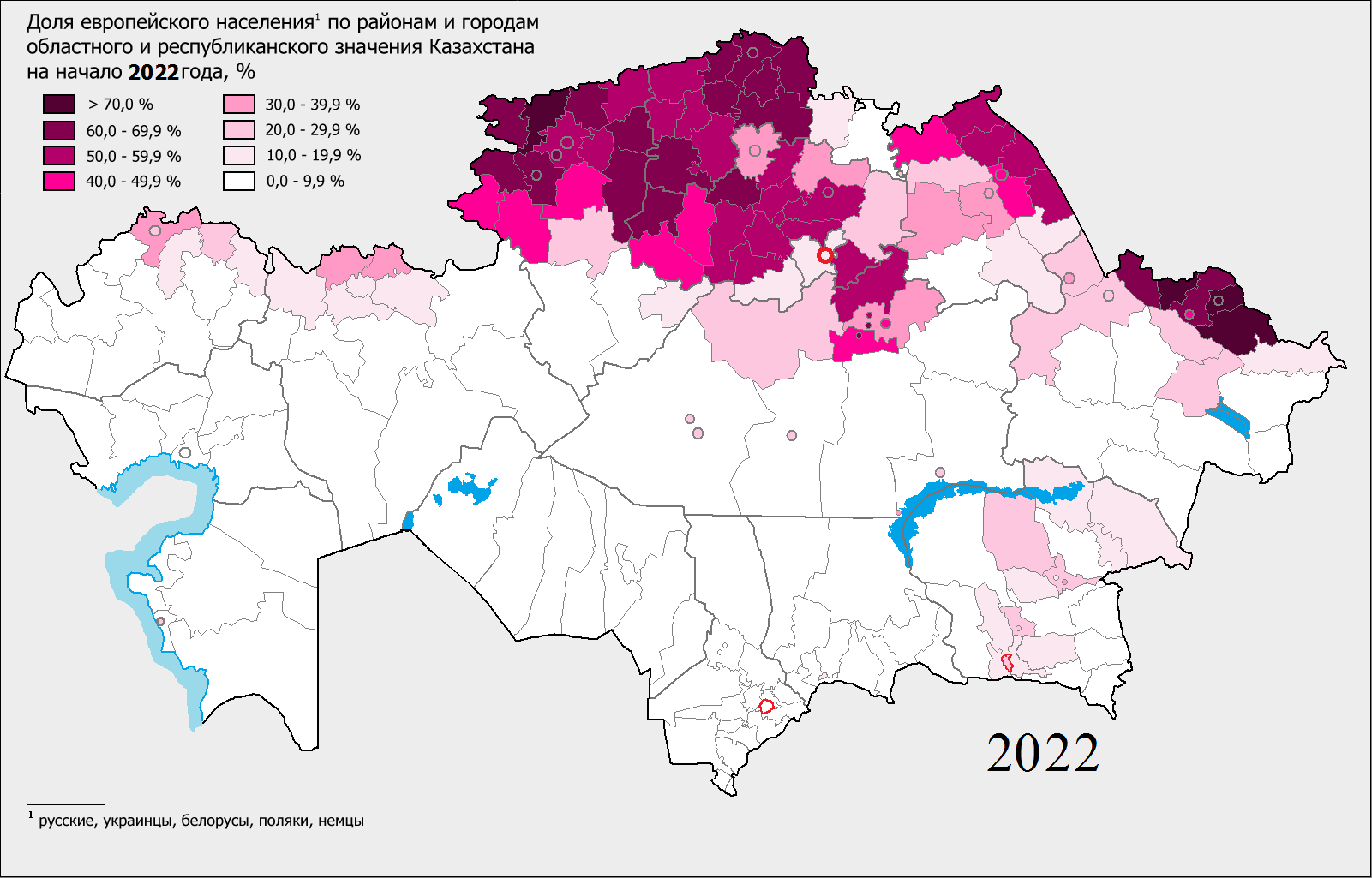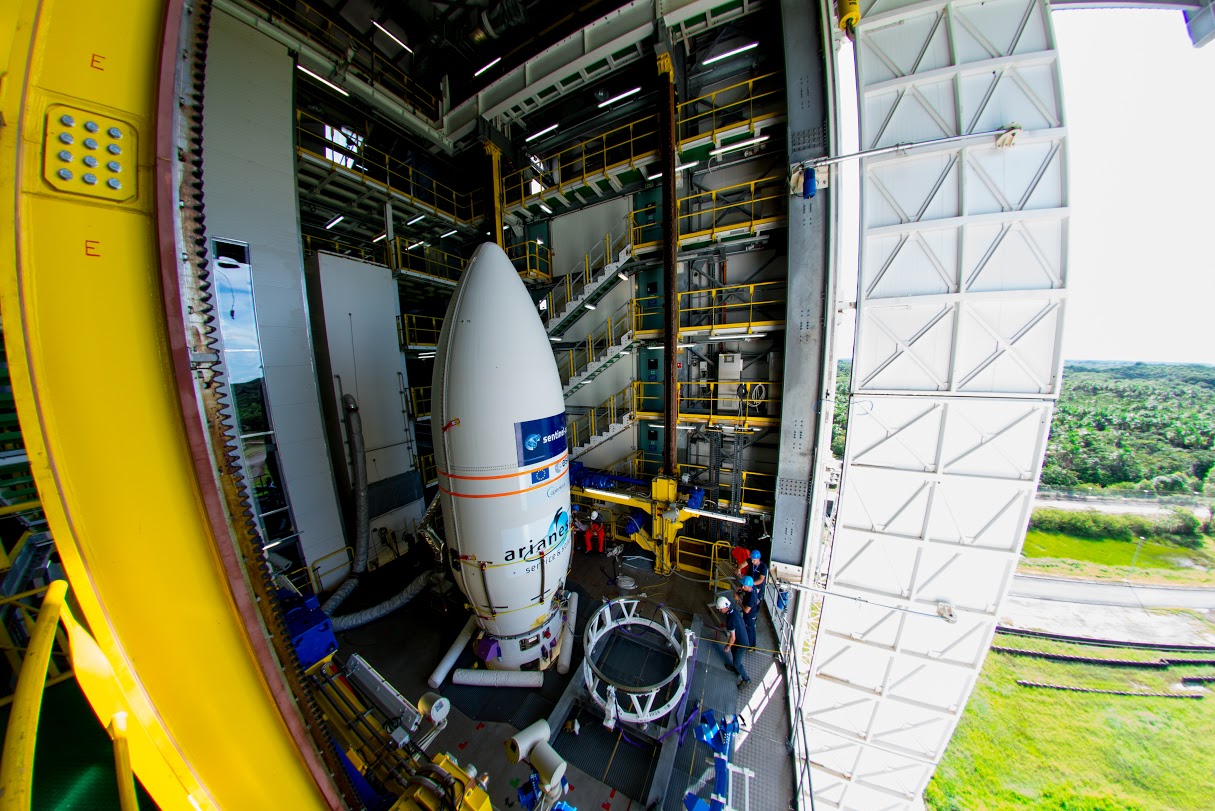|
Siletiteniz
Siletiteniz (, ''Sıletıteñız''), also Seletyteniz, Seletytengiz is an endorheic salt lake located in the Ishim Plain, part of the West Siberian Plain. The lake lies in North Kazakhstan, with the Pavlodar Region border running along the eastern lakeshore and the Kazakhstan-Russia border to the north of the northeastern end. ''Teniz'' is Kazakh for "sea", while the etymology of ''Selety'' is less clear. One hypothesis is that it derives from Yeniseian *''sēre'', "stag." Geography The lake basin covers but the actual area covered by water varies according to the seasons. The lake reaches a maximum depth of and has a volume of about . The northern and eastern shores are high and straight while the western shore is low-lying and indented, gradually giving way to salt marshes. Hydrogen sulfide is emitted from deposits at the bottom of the lake. Smaller lake Zhamantuz lies close to the southwestern tip, and lake Zhaksytuz to the south. Other lakes in the vicinity are Kyzyl ... [...More Info...] [...Related Items...] OR: [Wikipedia] [Google] [Baidu] |
Sileti
The Sileti (; ) is a river in Kazakhstan. It is long and has a catchment area of . The Sileti river system is an endorheic watershed in the Akmola, Pavlodar and North Kazakhstan regions of Kazakhstan. Course The sources of the Sileti are near Bozaigyr village in the Kazakh Uplands. It flows roughly northeastwards in its upper and middle course, parallel to the Teneke. As it reaches its last stretch the river divides into branches and bends northwards to the west of lake Zhalauly. In periods of adequate rainfall the river flows into the endorheic lake Siletiteniz from its southern end, but in dry years it doesn't reach the lake.Google EarthСелеты '' Great Soviet Encyclopedia
[...More Info...] [...Related Items...] OR: [Wikipedia] [Google] [Baidu] |
Pavlodar Region
Pavlodar Region (; ) is a region of Kazakhstan. The population of the region was and The latest official estimate (as at the start of 2022) was 756,511. Its capital is the city of Pavlodar, which had a population of 360,014 at the start of 2018. Many people, especially Ukrainians, migrated to Pavlodar in Nikita Khrushchev's Virgin Lands Campaign. The Bayanaul National Park, a protected area of the Kazakh Uplands, is located in the Bayanaul Range, within 100 km of Ekibastuz. Geography Pavlodar borders Russia ( Altai Krai, Omsk Oblast and Novosibirsk Oblast) to the north, and also borders the following Kazakh regions: Akmola (to the west), East Kazakhstan (to the south-east), North Kazakhstan (to the north-west), and Karaganda (to the south). The southern part of the district is in the Kazakh Uplands, while the northern part falls within the Baraba Plain and Kulunda Plain. The highest point of the region is Akbet, a high summit located in the Bayanaul Range. ... [...More Info...] [...Related Items...] OR: [Wikipedia] [Google] [Baidu] |
Ulken-Karoy
Ulken-Karoy or Ulken Karaoy, meaning "Big Karoy" (; or ''Большой Карой'' —Bolshoy Karoy), is a salt lake in Akzhar District, North Kazakhstan Region, Kazakhstan. The lake lies about to the northwest of the northern end of larger Siletiteniz lake. to the east lies lake Teke. The nearest inhabited localities are Kulykol and Talshik. Geography Lying in the southern part of the Ishim Plain, south of the Russian border, Ulken-Karoy is one of the main lakes of the region. It is an endorheic lake sharing the same depression as lakes Teke in the east and Kishi-Karoy in the west. The lake is shallow and its bottom is muddy. The shores are flat. In years of drought Ulken-Karoy almost completely dries up and its water surface may decline to barely . An enormous island occupies the middle of the lake. It is joined to the mainland in its southern part, except during periods of high water. In such periods the water of the lake becomes fresh. [...More Info...] [...Related Items...] OR: [Wikipedia] [Google] [Baidu] |
Ishim Plain
Ishim Steppe (, , ''Yesil dalasy'') is a plain in the southern part of Western Siberia, between the Irtysh and Tobol rivers. Administratively it is part of Kurgan, Tyumen, and Omsk oblasts in Russia, and the North Kazakhstan Region in Kazakhstan. Geography The plain includes the Ishim, after which it is named. It varies in altitude from to and is composed chiefly of sand and clay deposits of the Neocene era, covered with loess-like loams. The terrain is characterized by a series of crests and hollows, with the ridges extending from the northeast to the southwest. The almost long Kamyshlov Log (Камышловский лог), a trench where lake Bolshoy Tarangul lies, stretches roughly from east to west across the plain. In the lowlands and valleys there are numerous fresh, bitter, and salt lakes, such as Siletiteniz, Kyzylkak, Medvezhye, Stanovoye, Teke, Ebeyty, Tavolzhan and Shaglyteniz, as well as the Krutinsky Lakes, including lakes Tenis-Saltaim, Sazykul and ... [...More Info...] [...Related Items...] OR: [Wikipedia] [Google] [Baidu] |
Teke (lake)
Teke (; ) is a bittern salt lake in Ualikhanov District, North Kazakhstan Region, Kazakhstan. The lake lies to the north of the northern end of larger Siletiteniz lake. to the west lies lake Ulken-Karoy. There are periodic deposits of salt on its shores, with extraction taking place in the summer. The salt of the lake contains magnesium chloride. Geography Teke is an endorheic lake located at the bottom of a depression in the southern part of the Ishim Plain, south of the Russian border. Its shores are partly indented as well as very steep, with high cliffs in some places, as well as islets off the shore. The lake is fed by snow, as well as groundwater. Lake Teke is surrounded by salt flats and a wide strip of solonchak soil.Теке (озеро) '' |
Kyzylkak
Kyzylkak (; ) is a bittern salt lake in Ertis District, Pavlodar Region, Kazakhstan. The lake lies to the east of the northern end of larger Siletiteniz lake. There are no settlements by the lakeshore. The nearest inhabited locality is Kyzylkak village, located to the south of the southern coastline of the lake. Geography Kyzylkak is an endorheic lake located in the Ishim Plain, south of the Russian border. It lies in the lowest part of a large depression and its shores are very steep. The bottom of the lake has a thick layer of black mud containing magnesium salts and releasing Hydrogen sulphide. Lake Kyzylkak is fed mainly by snow, but owing to its high salinity it does not freeze in the winter.Кызылкак '' |
Zhaksytuz
Zhaksytuz () is a salt lake in the Ualikhanov District, North Kazakhstan Region, and Yereymentau District, Akmola Region, Kazakhstan. The border between the North Kazakhstan and Akmola regions cuts across the middle of the lake from east to west. The area surrounding lake Zhaksytuz is used for livestock grazing. In the spring the water is suitable for watering cattle. The name ''Zhaksytuz'', meaning "good salt" in the Kazakh language, is of nomadic origin. Geography Zhaksytuz is an endorheic lake part of the Sileti river basin. It lies at an elevation of . The lake has an arrowhead shape, pointing roughly north. The Sileti flows east of the lake. Lake Zhaksytuz is surrounded by steppe. It freezes in November and stays under ice until March or April. Its shore is flat on the east and south sides, and steep in the west. The southern end of the larger Lake Siletiteniz is to the north, and lake Zhamantuz to the north-northwest. Lake Kobeituz is to the south.Google Earth'' ... [...More Info...] [...Related Items...] OR: [Wikipedia] [Google] [Baidu] |
Zhamantuz, Ualikhanov District
Zhamantuz () is a salt lake in the Ualikhanov District, North Kazakhstan Region, Kazakhstan. The lake lies to the east of Balkabek, an abandoned village. The Pavlodar Region border lies to the east of the eastern lakeshore. The area surrounding lake Zhamantuz is used for livestock grazing. Geography Zhamantuz is an endorheic lake part of the Sileti river basin. It lies at an elevation of . A broad headland extends eastwards in the northern half of the western shore. The Sileti flows to the east of the lake. The long Semizbay river flows from the west into the western shore. Lake Zhamantuz freezes in November and stays under ice until April. The southern end of larger lake Siletiteniz lies to the northeast, and lake Zhaksytuz to the SSE.Google Earth''ATAMEKEN: Geographical Encyclopedia.'' / General ed. B. O. Jacob. - Almaty: "Kazakh Encyclopedia", 2011. - 648 pages. ISBN 9965-893-70-5 See also *List of lakes of Kazakhstan Excluding the northernmost districts, Kazakh ... [...More Info...] [...Related Items...] OR: [Wikipedia] [Google] [Baidu] |
Sentinel-2
Sentinel-2 is an Earth observation mission from the Copernicus Programme that acquires optical imagery at high spatial resolution (10 m to 60 m) over land and coastal waters. The mission's Sentinel-2A and Sentinel-2B satellites were joined in orbit in 2024 by a third, Sentinel-2C, and in the future by Sentinel-2D, eventually replacing the A and B satellites, respectively. The mission supports services and applications such as agricultural monitoring, emergencies management, land cover classification, and water quality. Sentinel-2 has been developed and is being operated by the European Space Agency. The satellites were manufactured by a consortium led by Airbus Defence and Space in Friedrichshafen, Germany. Overview The Sentinel-2 mission includes: * Multispectral image, Multi-spectral data with 13 bands in the Visible spectrum, visible, Infrared#Regions within the infrared, near infrared, and Infrared#Regions within the infrared, short wave infrared part of the Electromagnetic ... [...More Info...] [...Related Items...] OR: [Wikipedia] [Google] [Baidu] |
Hydrogen Sulfide
Hydrogen sulfide is a chemical compound with the formula . It is a colorless chalcogen-hydride gas, and is toxic, corrosive, and flammable. Trace amounts in ambient atmosphere have a characteristic foul odor of rotten eggs. Swedish chemist Carl Wilhelm Scheele is credited with having discovered the chemical composition of purified hydrogen sulfide in 1777. Hydrogen sulfide is toxic to humans and most other animals by inhibiting cellular respiration in a manner similar to hydrogen cyanide. When it is inhaled or its salts are ingested in high amounts, damage to organs occurs rapidly with symptoms ranging from breathing difficulties to convulsions and death. Despite this, the human body produces small amounts of this sulfide and its mineral salts, and uses it as a signalling molecule. Hydrogen sulfide is often produced from the microbial breakdown of organic matter in the absence of oxygen, such as in swamps and sewers; this process is commonly known as anaerobic digestio ... [...More Info...] [...Related Items...] OR: [Wikipedia] [Google] [Baidu] |
Lakes Of Pavlodar Region
A lake is often a naturally occurring, relatively large and fixed body of water on or near the Earth's surface. It is localized in a basin or interconnected basins surrounded by dry land. Lakes lie completely on land and are separate from the ocean, although they may be connected with the ocean by rivers. Lakes, as with other bodies of water, are part of the water cycle, the processes by which water moves around the Earth. Most lakes are fresh water and account for almost all the world's surface freshwater, but some are salt lakes with salinities even higher than that of seawater. Lakes vary significantly in surface area and volume of water. Lakes are typically larger and deeper than ponds, which are also water-filled basins on land, although there are no official definitions or scientific criteria distinguishing the two. Lakes are also distinct from lagoons, which are generally shallow tidal pools dammed by sandbars or other material at coastal regions of oceans or large l ... [...More Info...] [...Related Items...] OR: [Wikipedia] [Google] [Baidu] |




